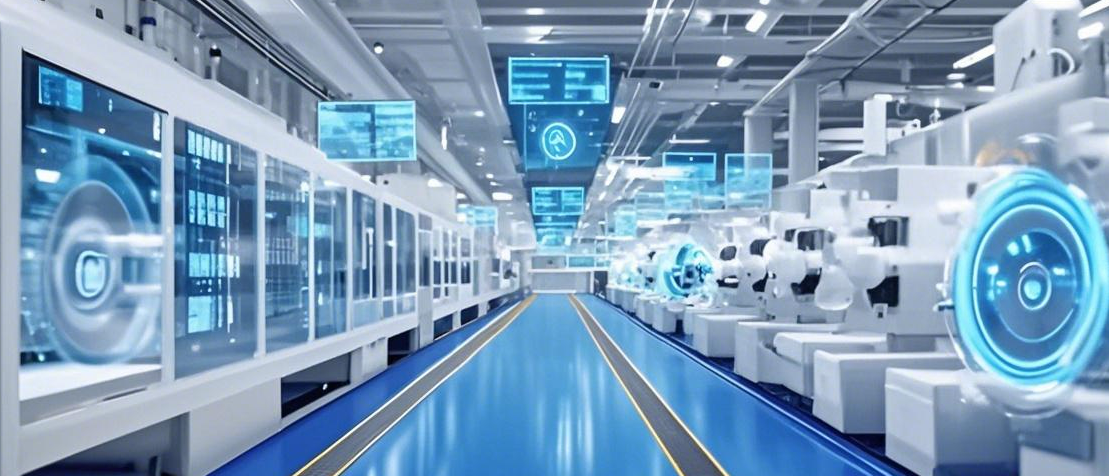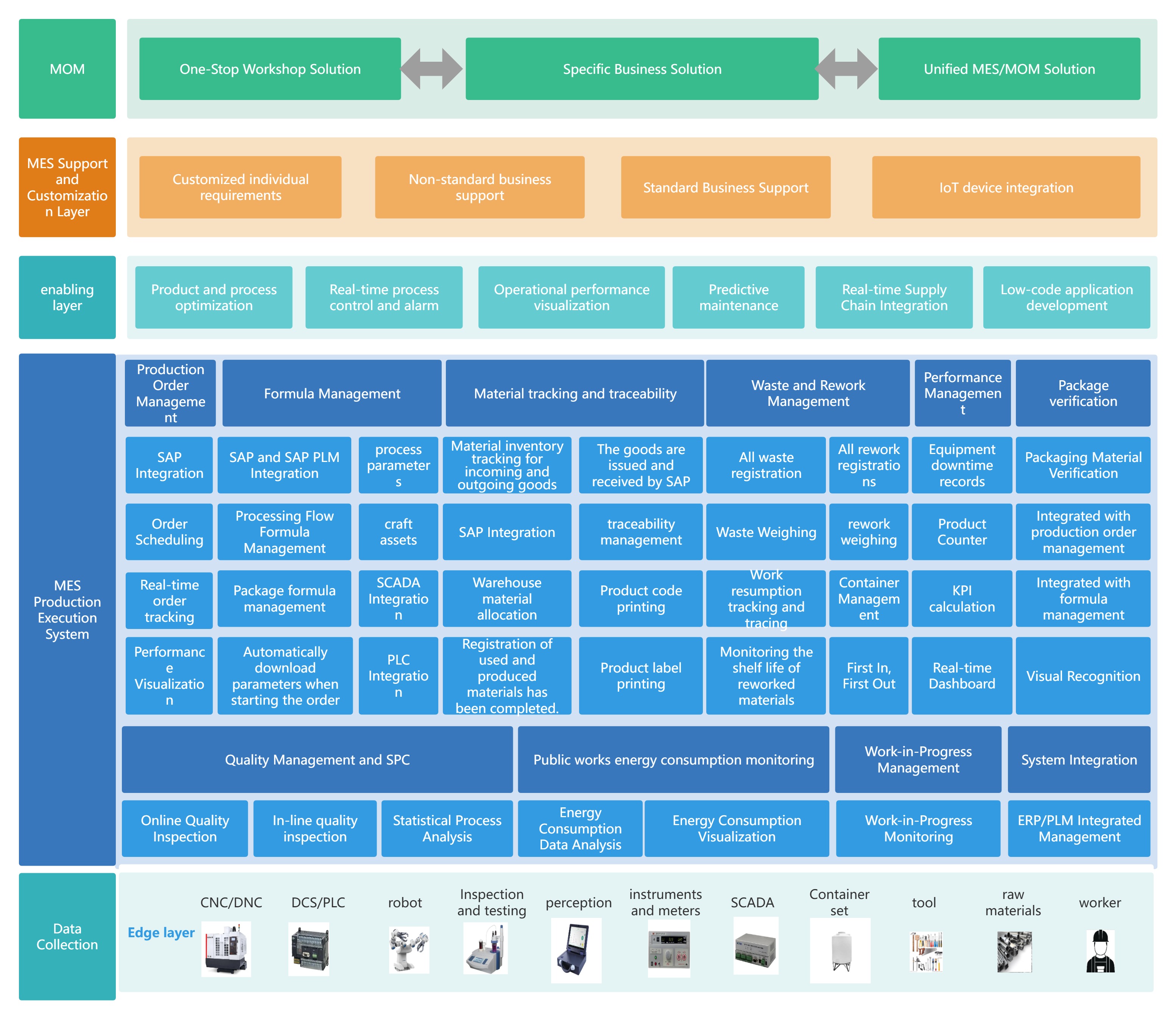Smart Factory Planning and Implementation Methodology
The planning and implementation of a smart factory are complex systematic projects that require integrating technical, management, and business needs while following a scientific methodology. Smart factory construction should adhere to the closed-loop logic of "assessment - planning - implementation - iteration," select technical paths (such as digital twin or industrial internet) based on enterprise realities, and emphasize organizational transformation and ecological collaboration. Future trends will place greater emphasis on AI-driven adaptive manufacturing and industrial chain-level collaborative innovation, requiring enterprises to continuously monitor policy guidance and technological evolution and dynamically optimize planning paths.





